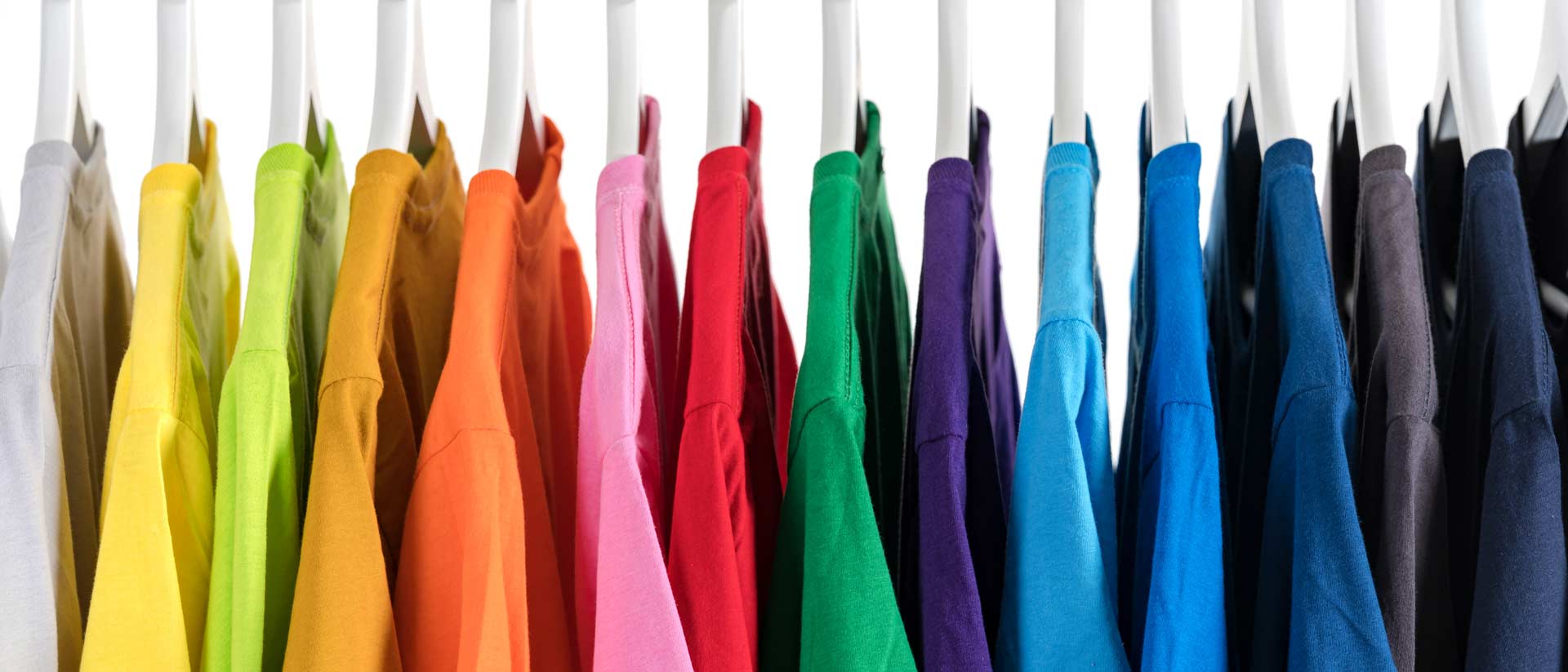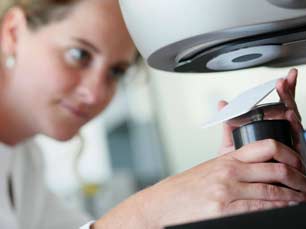Color is attention-grabbing.
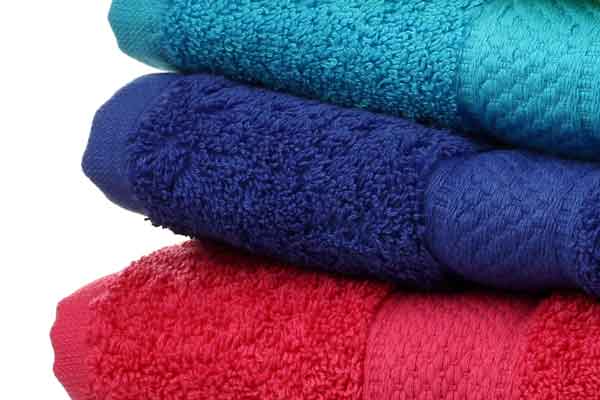
With color chosen so purposefully in design and branding, the ability to quantify and compare is essential.
Color and whiteness determination starts at design. It must continue through development, production and receiving.
Our color and whiteness measurements produce objective values and comparisons. The Hohenstein White Scale enables reproducible whiteness measurements.
Colorimetry and White Metric Measurement
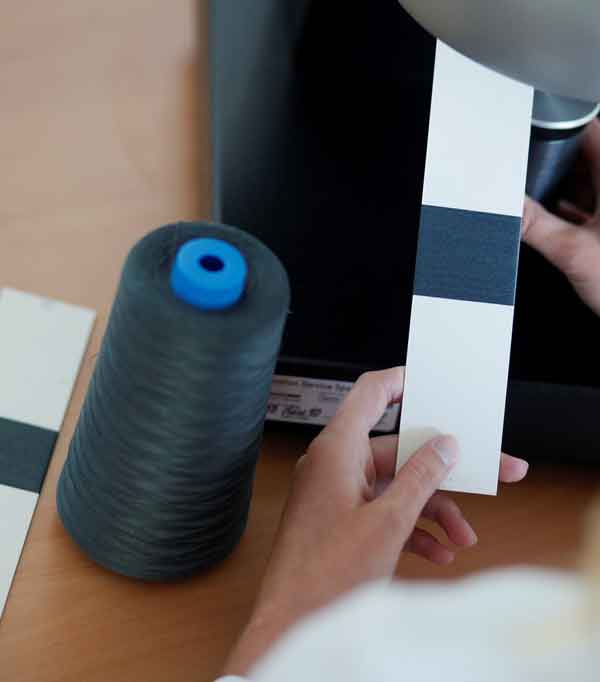
Typical tests include:
- Color description - under defined conditions, using the approximately uniform CIELab color space
- Identification and assessment of deviations or inconsistencies
- Quality testing for white, fluorescent and non-fluorescent samples using calculation formulas
- Textile opaqueness/opacity with contrast measurement
- Luminance of warning colors for Personal Protective Equipment and workwear
- Color measurement in camouflage
- Metamerism index
- Instrumental fastness evaluations using grey scale grades
- Primary and secondary washing results of detergents
Transfer Standards
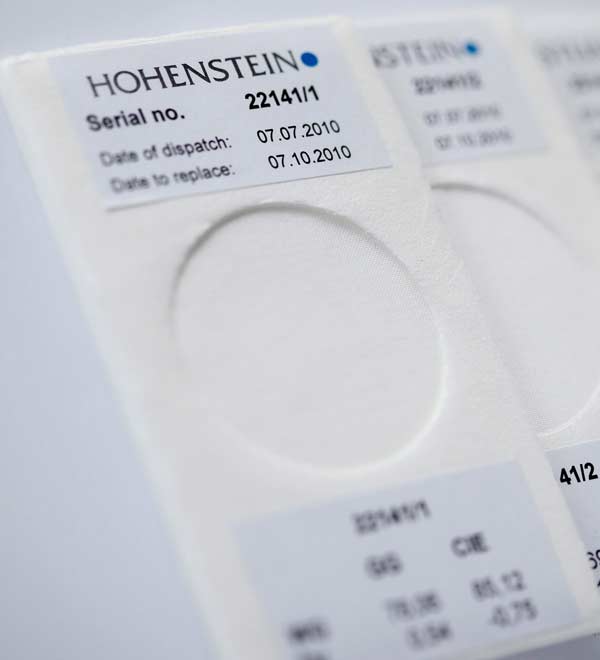
The Hohenstein White Scale is used to consistently adjust UV content in spectrophotometer or tristimulus devices to the daylight. Requirements:
- A measuring device with an illumination similar to daylight (preferably a xenon lamp)
- Sufficient UV light
- Corresponding equipment at the device to adjust the UV light
Hohenstein's Illumination Control Samples are used to check UV content stability in the colorimeter over longer periods of time. This enables reproducibility of illumination conditions.
The Hohenstein White Scale is consistently calibrated according to the corresponding device types.
